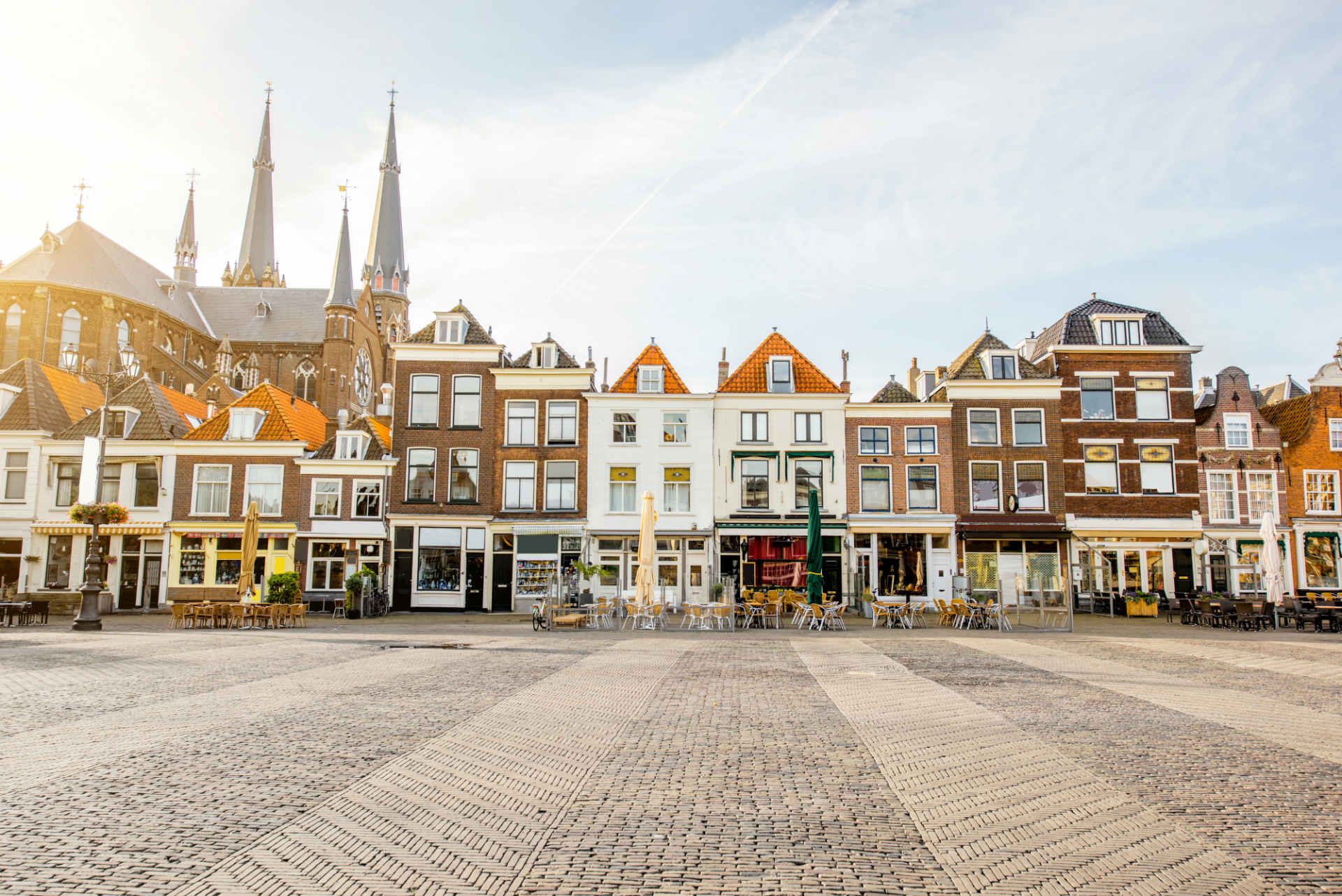3. Van Gogh Museum, Amsterdam
Vincent van Gogh is arguably the most popular, most reproduced and most talked-about of all modern artists, so it’s not surprising that visiting the Van Gogh Museum, comprising a fabulous collection of the artist’s work, is one of the best things to do in the Netherlands.
The museum occupies two modern buildings that back onto the northern edge of Museumplein, with the key paintings housed in an angular building. This part of the museum provides an introduction to the man and his art based on paintings that were mostly inherited from Vincent’s art-dealer brother Theo.
To the rear of Rietveld’s building, connected with it by a glass entrance hall, is the ultramodern annexe, which provides temporary exhibition space. As you might expect, the museum can get very crowded, and the queues can be long. It's best to come early to avoid the crush or book online.




















